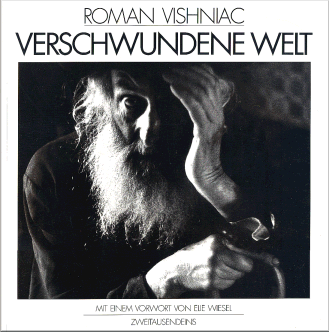
Henri Cartier Bresson (HCB) was first photographer that really touched me. Now there are two exhibitions of his work in Amsterdam: his photography in FOAM and at the same time his drawings are exhibited at the Descartes Institute.
True to my own art, I have started with the drawings in the French institute. Hardly any visitor was there. What fascinates me is that he started as a painter, subsequently switched to photography for most of his career and finally returned to the art of drawing. In the 1970's
when the photographer got had problems with his knees, he decided that his travelling days are over and devoted himself exclusively to drawing. With great concentration he makes drawings of the view from his apartment overlooking the Tuileries, animals skeletons in the Natural History Museum, and worked with nude models at home. Although he never approaches the level of his photography, the master of the moment has a sensitive drawing style with searching lines. Also in his graphic work he shows a good feeling for a balanced composition.
His camera was his sketchbook, a book of instant drawings. HCB said: 'Photography is an immediate reaction, drawing a meditation'. Photography deals with the decisive moment in one quick camera click, while drawing is a slow process of line by line. A different approach, but with the same eye. He is called 'L'oeuil du Siecle' or 'The Eye of the Century'. This is not exaggerated. When you glance through his photo albums you learn more about recent history than during six years at highschool. Also, he almost has lived for a century: 1908- 2004.. As a photo reporter for Magnum, he was travelling constantly and was always there at the right moment. Or should I say the 'worst moment'? He was on the spot at the time of the murder on Gandhi, the Chinese revolution, the building of the Berlin Wall. He covered also happy events like the coronation of King George V in 1937.
HCB never made use of a telelens. He managed to come close to the subject without being noticed. He somehow remained invisible. He was always eager to prevent his own portrait from being published so that he could remain anonymous and that people acted naturally. I think this the role of the artist: to be a close observer of real life without intruding the scenes.

HCB also did a lot of portraits of writers and painters. He was in search of "the inner silence of the models ('Le silence intérieur d’une victime consentante'). This image is one of my favourite portraits. a photograph of Ezra Pound. He took the picture in Venice, 1970. The American author was old, sick and in an introverted mood. For twenty minutes the two men were sitting face to face in complete silence until the decisive moment was there. There is a beautiful side light on the face which would make even Rembrandt jealous.
Perhaps attracted by these silent images the exhibition was visited by a group of the deaf people. The guide assisted by a sign language interpretator told an anecdote about HCB, when photographing Matisse. The painter was kind of camera shy, all the time hiding from the camera. To open up the atmosphere HCB showed a painting of himself. Matisse was not impressed and said he found it 'as interesting as a matchbox'.
Line by Line. The Drawings of Henri Cartier-Bresson, Thames and Hudson, 1989www.edgarportraits.com




